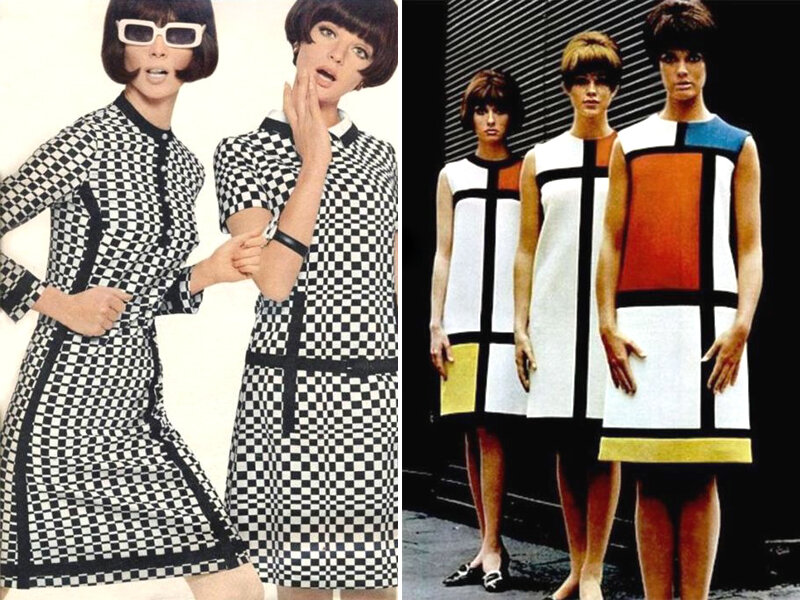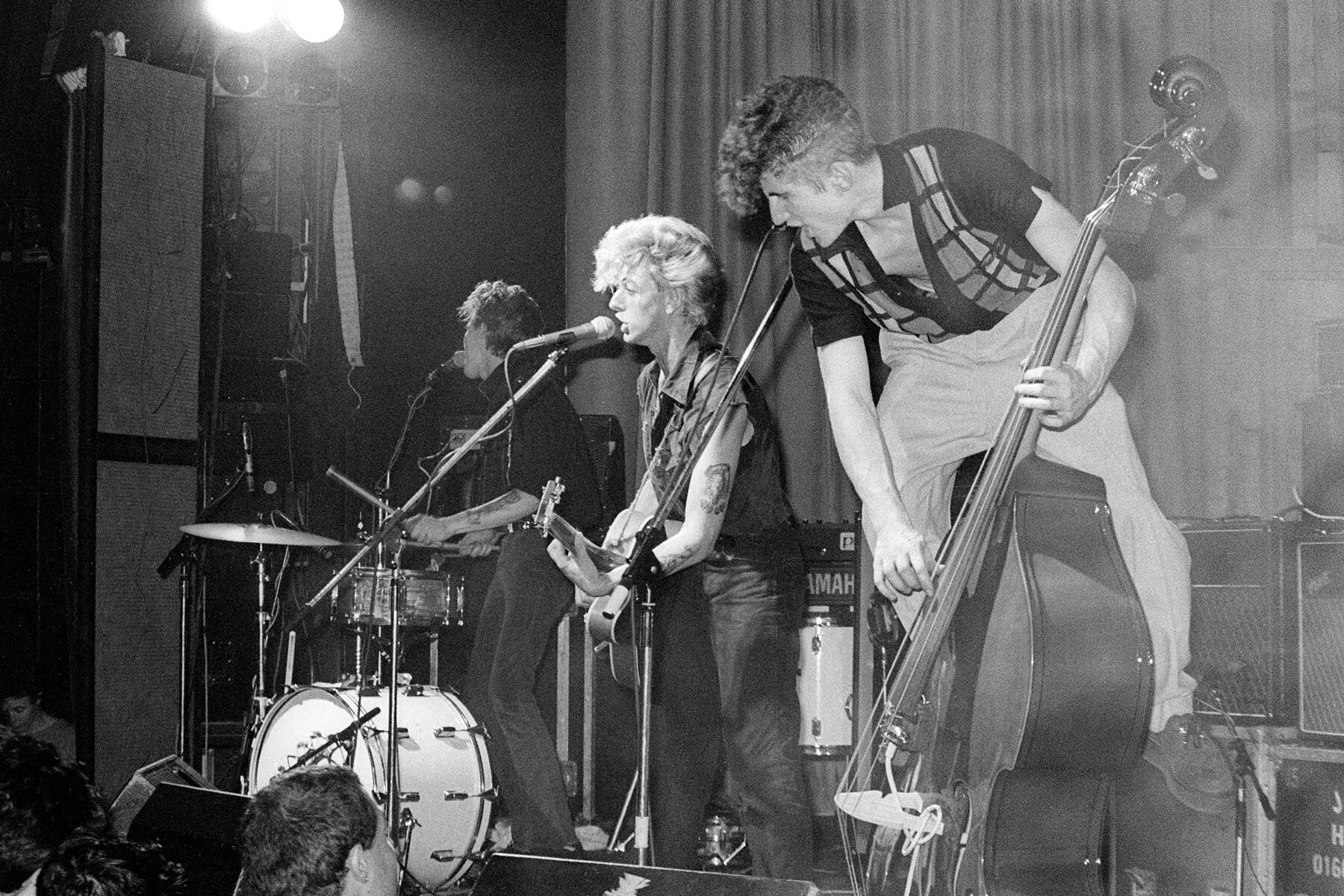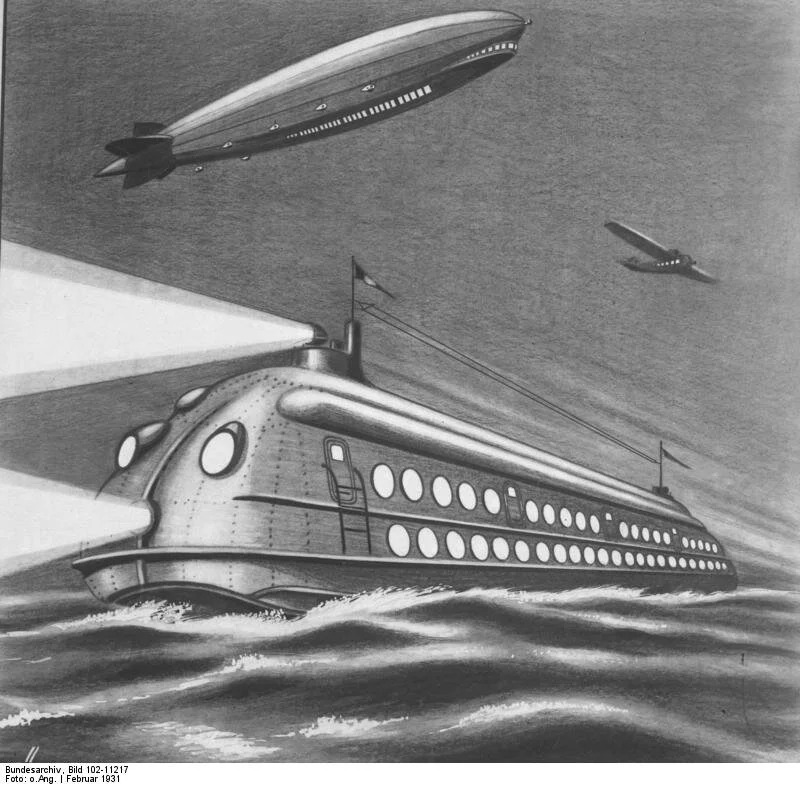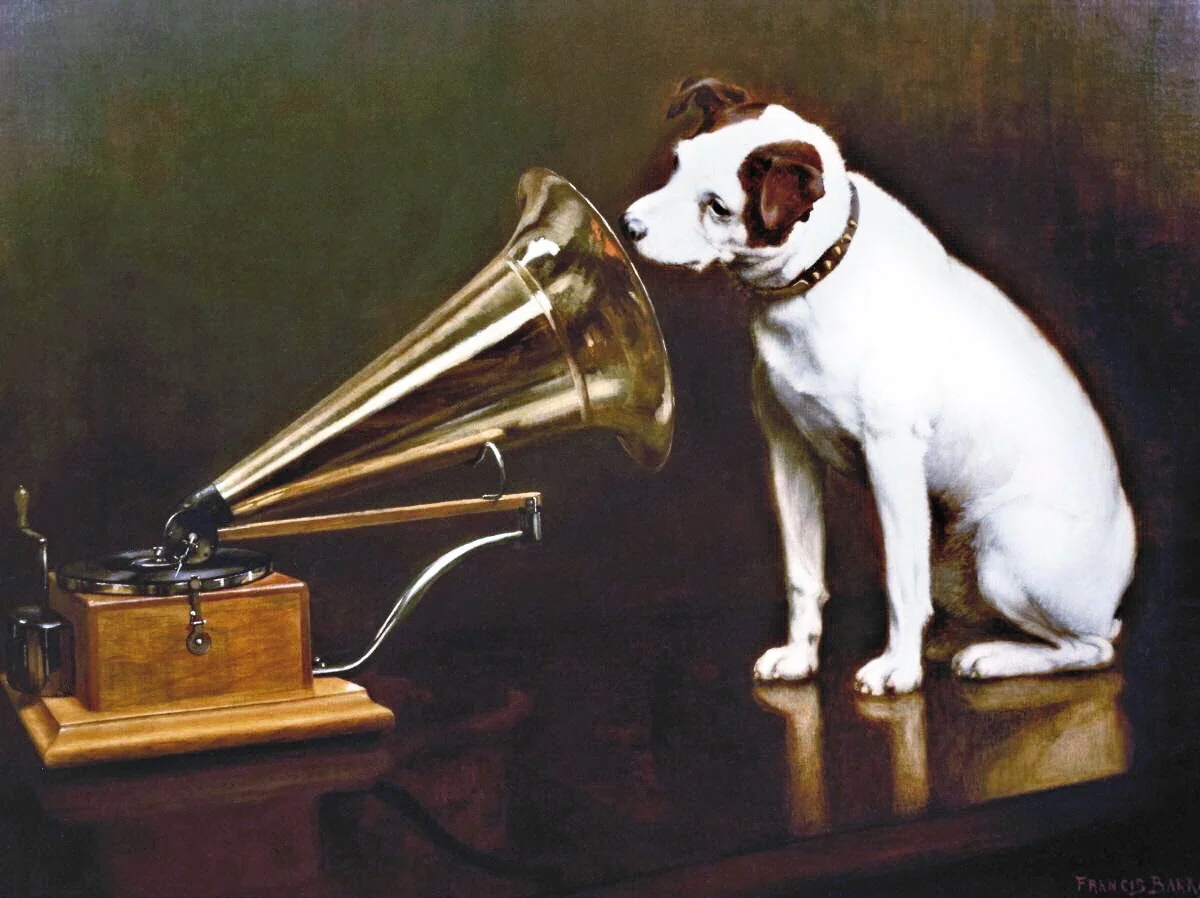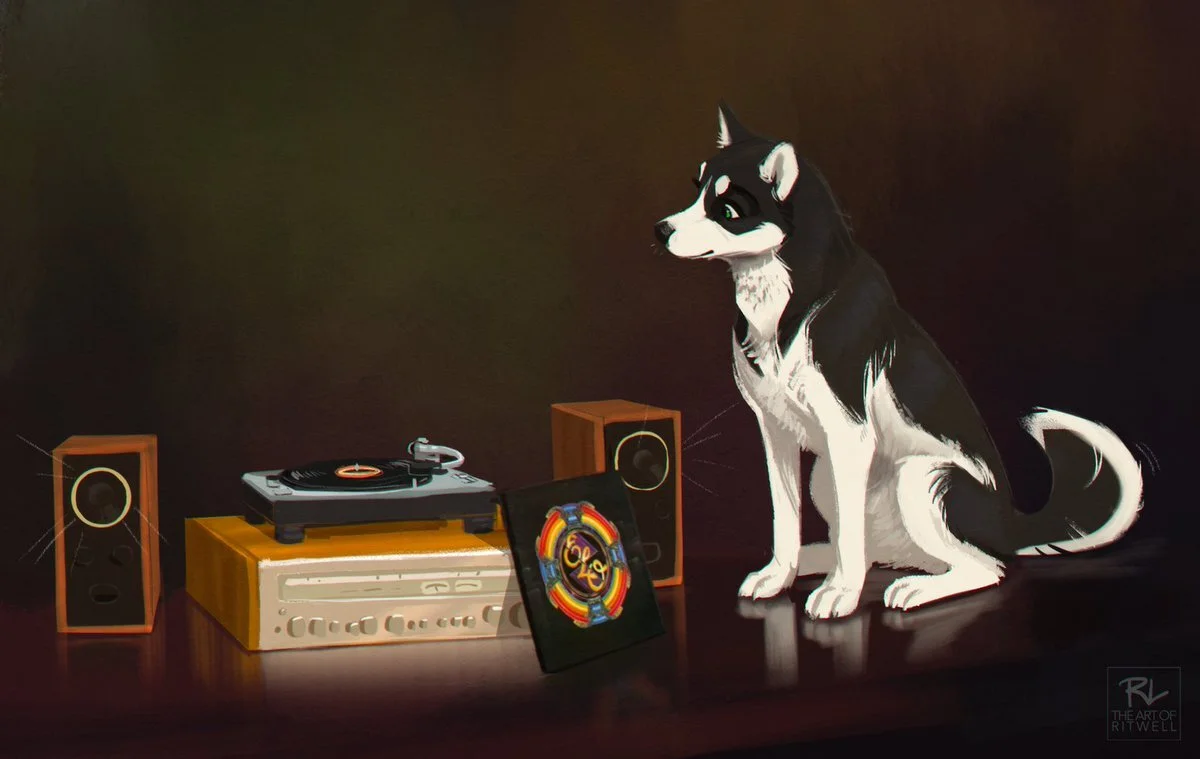By The Landlord
“Time present and time past
Are both perhaps present in time future,
And time future contained in time past.” - TS Eliot
“I have here only made a nosegay of culled flowers, and have brought nothing of my own but the thread that ties them together.” – Michel de Montaigne, Essays
“Those who do not want to imitate anything produce nothing.” – Salvador Dali
“In the fashion industry, everything goes retro except the prices.” ― Criss Jami, Killosophy
“Some writers confuse authenticity, which they ought always to aim at, with originality, which they should never bother about.” – WH Auden
“I steal from every single movie ever made. Great artists steal. They don’t do homages.” – Quentin Tarantino
"The only art I'll ever study is stuff I can steal from." – David Bowie
We are all a mixture of past and present, and everything we do, say, or indeed create, by nature must contain flecks, drops, and traces of retrospective. But some people go properly retro. Picture, for example, the man I encountered on the London Underground the very first time I visited the capital. He was a Viking.
We're not talking fancy dress warrior with comedy plaited blond wig and a plastic helmet here. Oh no. This was a fellow who, from matted hair down to rough hewn tunic and leather strap leggings, shield, sword and more, looked, and particularly smelled as if he'd just arrived into the 20th century out of a time machine. A Norse equivalent of Highlander. But he seemed very authentic indeed. Perhaps too much so, because things suddenly took an alarming turn when, without warning, with a blood-curdling yell, a demonic war cry straight out of Valhalla, he yanked out his double-headed axe, and proceeded to violently hack away at the train windows and seats. I've never seen a carriage empty so quickly.
I've met several people in my life who have embraced the retro, though fortunately with a slightly more modern, and less frightening communication skills. Characters such as the eccentric art college student who dressed exclusively in somewhere between puritan and dandy from the 17th century, mainly in black tunic, white fluffy ruff, britches, waistcoat, broad-brimmed hat, wig and buckled shoes, said items consistent to the style, but more colourful at weekends.
Or the university academic who dressed only as a vampire, and did all his lectures by candlelight, swooping down the stairs in black cloak to the strains of Bauhaus. Or the couple who perhaps inherited but also heavily extended their wardrobe of 1940s wartime khaki or brown rough wool knit suits, skirts and hats, not to mention hairstyles, well as every kind of decor to match. And I've also known all sorts of full-time 1920s Flappers, 50s Teddy boys, committed 60s rockabillies, diehard 1969 hippies, permanent 1976 punks, and a whole army of attractive mid-60s Mary Quants in every detail – dress to shoes, perfect Vidal Sassoon hair to every gait and dance move. Why not? It’s a great look.
Quant-ifiably retro
And of there’s a whole load of goods and accessories to with all of this - furniture, record players, wallpaper, vinyl linoleum, and more. Yesterdays’s brand new becomes trash, then suddenly old-school, then by tomorrow it’s retro and authentic.
So to be retro, whether it's in clothing, design, attitude or habitude, or indeed musical style, this week, when it comes to music, it’s all about what at the time was new songs that echo the past in a distinctive way, particularly by artists and bands who have gone against the trends of the time to fully embrace a style from the past and create, not covers, but make something new with it. That style must form the whole or a prominent part of the song in question, and perhaps even fit in with the identity of that artist, who could be current, or are no longer around, but have gone against the zeitgeist or trend of the time.
So we're not so much here just about cherry-picking a piece of the past, where for example artists might add a flourish of classical strings, a dash of Paul McCartney Liverpool bass, an Elvis Presley holler or Little Richard scream, or blatantly copy the chords, melody or singing style of Muddy Waters, or close harmonise like the Andrews sisters, or switch on a little bit of Phil Spector Wall of Sound production, thrash in some psychedelic guitar sounds, open with a sprinkle of Hammond organ, or load in some Kraftwerk old-school electronic sounds, like bits of a recipe stirred into a melting pot of other styles.
This week we seek something more striking – songs and their artists who become very much immersed in a style that is entirely against the vogue of their time, and with such commitment they make it their own, from the style of singing to the instruments they play, the structure of their songs and more, but add something new to it at the same time.
Stray Cats. Retro from another time …
Obvious examples? Brian Setzer and the Stray Cats with their new songs that channelled the late-50s style of Eddie Cochran, Carl Perkins, Gene Vincent, and Bill Haley, with rockabilly guitar, big quiffs and thumping upright bass, but during a period new wave, postpunk, synth and New Romantic pop of the early 1980s. Or, as an example in one isolated song, Freddie Mercury’s inspired idea with with Queen, themselves all skilful imitators, indulging in 18th-century baroque opera on 1975’s Bohemian Rhapsody, when heavy rock was all that their label was really looking for.
Now time to indulge in some retro guitar designs …
Backlund Katalina
Italia Mondial DSCN2419
But how do you really define retro? Marketing often gets confused, or deliberately blurs the lines between the terms retro and vintage particularly when it comes to items such as clothing and vinyl. Vintage means old, antique, the original object. This means, usually, stuff that’s at least 50 years for vintage, and 100 years for antique. Retro however means something newly created that draws heavily or simply copies from a style from the past, whether that be music, fashion, furniture, or anything else. So retro is new, or at least new when created but obviously drawing on the past. And in the spirit of copying, let’s quote Wikipedia here, which describes retro as “style that is consciously derivative or imitative of trends, modes, fashions, or attitudes of the recent past. It generally implies a vintage of at least fifteen or twenty years. For example, today clothing from the 1980s or 1990s could be retro.”
National Panasonic music centre
Copying then, as argued by many great artists, writers, film-makers and more is often what creativity is all about. It’s just the degree to which you do it, the complexity and the sophistication of the process.
There are more guests in the Bar now eager to add more on this point, especially writers. “If you steal from one author, it’s plagiarism; if you steal from many, it’s research,” says Wilson Mizner.
“An original idea? That can't be too hard. The library must be full of them,” chuckles Stephen Fry.
“All writing is in fact cut-ups. A collage of words read, heard, overheard. What else?” says William Burroughs.
“Nothing of me is original. I am the combined effort of everyone I've ever known,” says Chuck Palahniuk, quoting from Invisible Monsters.
And adding more, TS Eliot is vehement on the poetic process. “Immature poets imitate; mature poets steal; bad poets deface what they take, and good poets make it into something better, or at least something different.”
Joining that retro style and music addict Quentin Tarantino for a drink around the table are several more film-makers and artists.
“An original artist is unable to copy. So he has only to copy in order to be original,” says Jean Cocteau, adding clever twist to the argument.
“Oui, mon ami,” says Jean-Luc Godard. “It’s not where you take things from — it’s where you take them to.”
And here’s Jim Jarmusch: “Steal from anywhere that resonates with inspiration or fuels your imagination… If you do this, your work (and theft) will be authentic. Authenticity is invaluable; originality is nonexistent.”
Victrola retro record player
And here’s David Bowie, who when asked if he is an original thinker, replied: “More like a tasteful thief. The only art I’ll ever study is stuff that I can steal from. I do think that my plagiarism is effective… The more I get ripped off, the more flattered I get. But I’ve caused a lot of discontent, because I’ve expressed my admiration for other artists by saying, ‘Yes, I’ll use that,’ or, ‘Yes, I took this from him and this from her.’ Mick Jagger, for example, is scared to walk into the same room as me even thinking any new idea. He knows I’ll snatch it.”
But in turn Mick Jagger, nor indeed many artists who first flourished in the 1960s were never too scared to nick an idea from anyone else, especially all the blues greats.
There’s lots of room for retro …
So to a greater or lesser degree all great artists of different kinds have a retro element to them, because they all steal from, and are influenced by the past. It’s a complex argument, but this week it’s all about songs that are very much against the grain of their time and stand out as particularly retro.
There have always been musical trends, during which a retro style has suddenly become fashionable and a crowd follows it, but perhaps one key to this topic is who was first or best at jumping into a style from the past.
And influencing these musical trends, from the past, there was also retrofuturism, a 1980 visual trend harking back to early 20th-century depictions of the future, such as Fritz Lang’s film Metropolis (1927), depictions of monorails and more in illustrations of the 1930s, all the way up to Terry Gilliam’s 1984 film Brazil, and since then, the popularity of steampunk as a musical genre.
From Das Bild in 1931, a retrofuture vision of a super-fast sea train
But what is the grain of of the current time? What retro trend is new music following? Is it spoken-word post-punk? Gangster trap-hop with jazz samples? Old-school electronica? Everyday I add new music to the Albums and New Songs sections here at the Bar. I receive an avalanche of material to the email inbox. Most music at any time borrows from the past, but some do it with such commitment it is quite striking. Just to set the ball rolling, a few recent examples, such as Manchester artist LoneLady, whose recent single (There Is) No Logic is a perfect fusion of late 70s early 80s Cabaret Voltaire electronica and late-80s Neneh Cherry, LA artist Pearl Charles, who is the glittery mirror image sound of mid-70s Carly Simon and ABBA, or most recently, London band Silvertwin whose recent release sounds as authentically ELO or Supertramp as you could possibly imagine, its frontman faithfully embracing the 1970s record collections of his parents played to him, presumably in the 1990s or beyond.
And, released tomorrow, I predict that St Vincent’s new album, Daddy’s Home, will contain a distinctly retro style reminiscent of Steely Dan.
Pearl Charles. Mirror image of a mid-70s era
So then, it’s time to look back and also look forward! Who will be your retro artist and song picks for this theme? It’s a great pleasure to welcome this week’s retro specialist and perfect song picker in the form of philipphilip99! Place your songs in the old-school comment box below in time for the last order chimes at 11pm BST UK time on Monday, for playlists published next week. It’s a sign of the times.
His Master’s Voice
His Master’s hi-fi
New to comment? It is quick and easy. You just need to login to Disqus once. All is explained in About/FAQs ...
Fancy a turn behind the pumps at The Song Bar? Care to choose a playlist from songs nominated and write something about it? Then feel free to contact The Song Bar here, or try the usual email address. Also please follow us social media: Song Bar Twitter, Song Bar Facebook. Song Bar YouTube, and Song Bar Instagram. Please subscribe, follow and share.
Song Bar is non-profit and is simply about sharing great music. We don’t do clickbait or advertisements. Please make any donation to help keep the Bar running:


